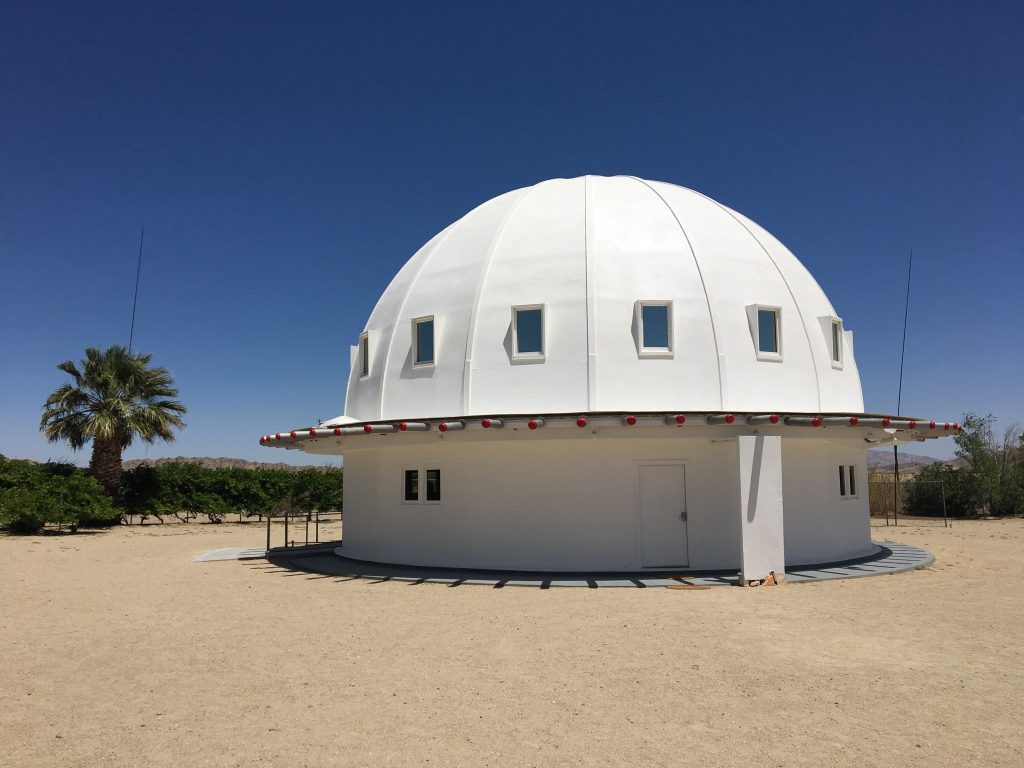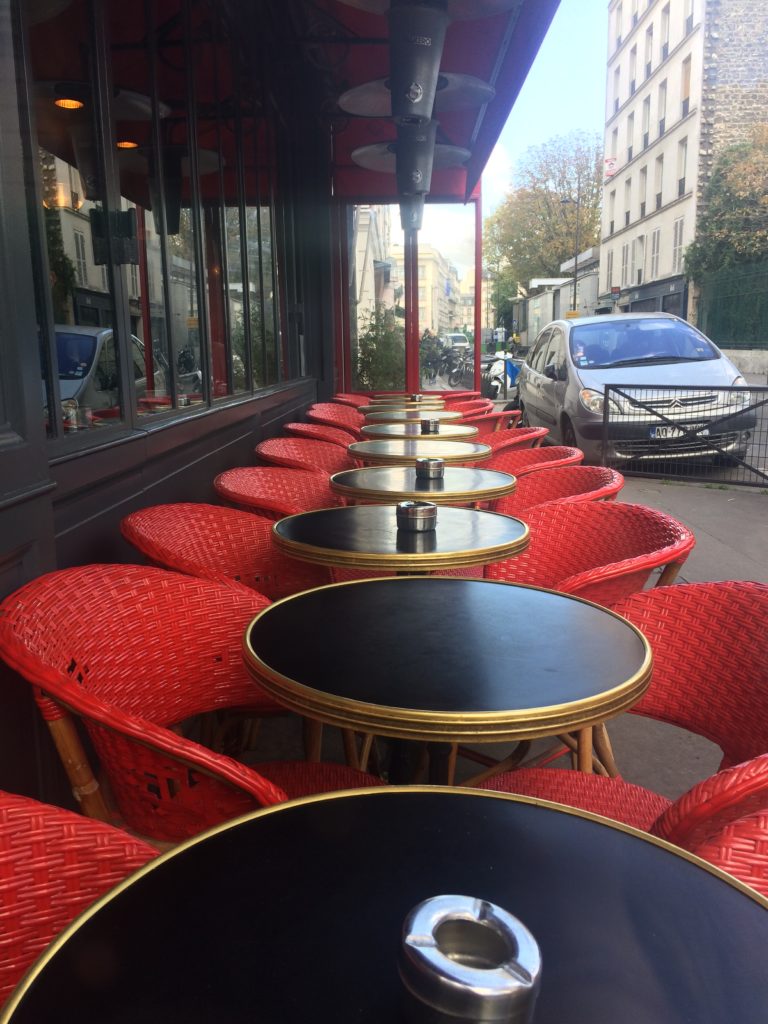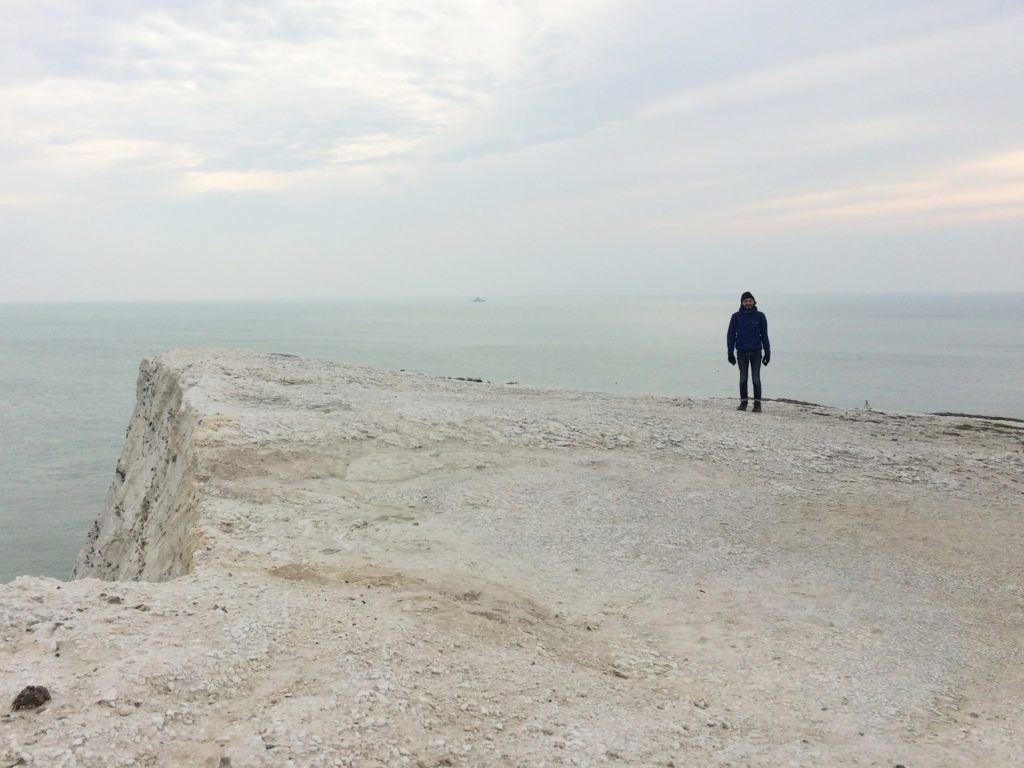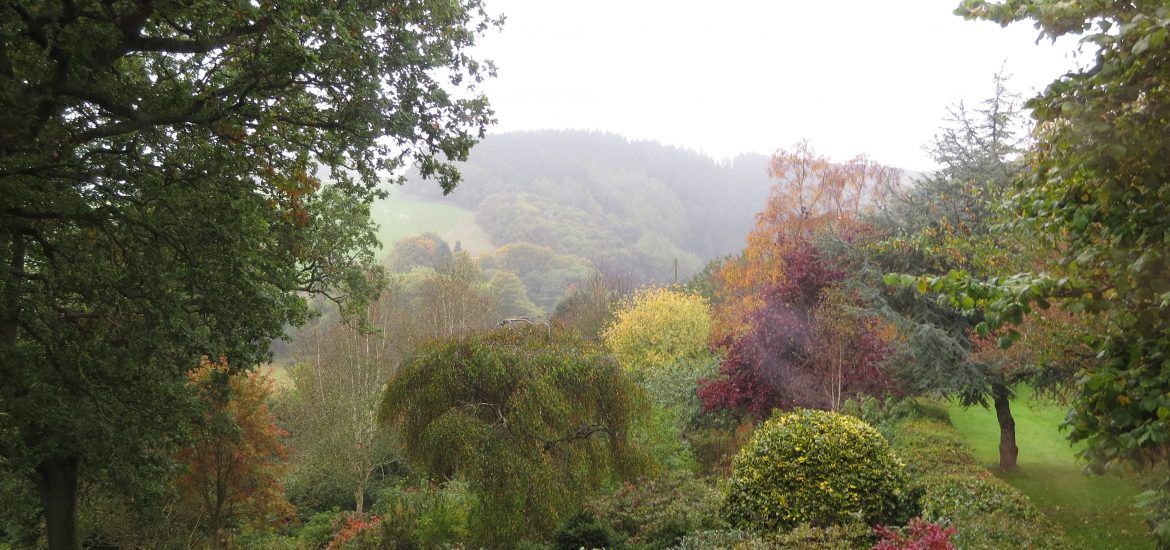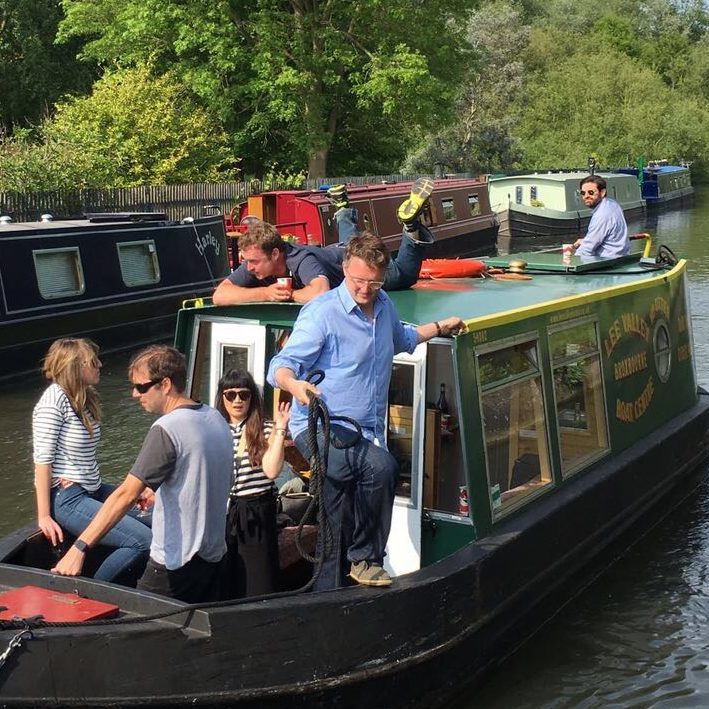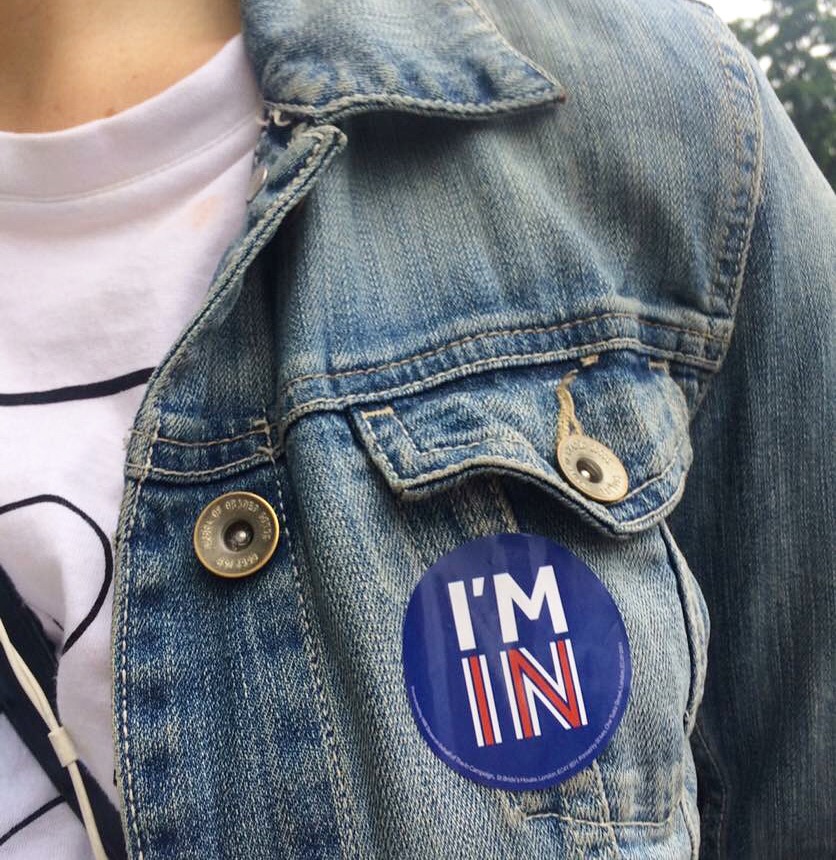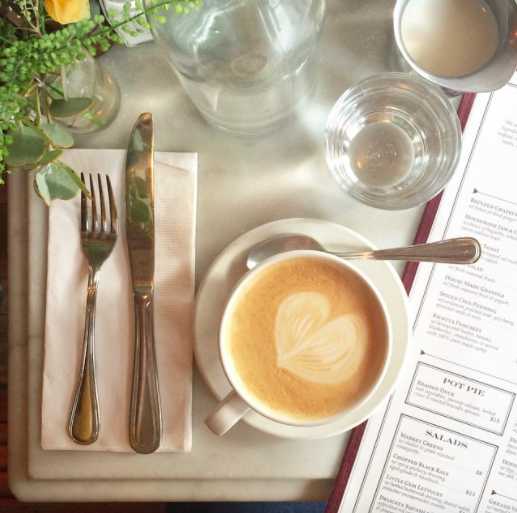Canada, eh? I could tell you I moved here for the raccoons and bears and the advocacy of lumberjack chic, but these are mere perks. (Although have not seen enough raccoons. Or any bears. And still trying to figure out where the lumberjacks hang out.) I moved here because I wanted – needed – greater proximity to the wild outdoors. Big Nature.
To be totally honest with you, when I first made the decision to relocate I’d imagined I’d be taking plenty of trips around British Columbia, camping in Banff and Jaspar, pulling on the oars of a canoe down some winding river, or heading up into the great northern wilds of the Yukon. I not only underestimated just how far everything is from one another, but how expensive it is to get about.
And more than that, I couldn’t have anticipated the string of events of the past year, which effectively left me new to Vancouver with just one year on my visa, injuries to manage, a book to write, and living on a part-time retail salary while I wrote it. That has been a whole other extraordinary adventure in itself, one I’m thoroughly grateful for. And the reason I picked this city, where I knew nothing and no one – over say, Toronto, where I have friends and familiarity – was because in Vancouver the great outdoors is directly and obligingly on your doorstep. That was my singular motivation.
And it’s paid off. Because even though my year here has flown in a capsule blur of working, sleeping, and writing, I’ve still got some wonderful hikes in.
Below are most of hiking trails I’ve tried, all just a short distance from downtown Vancouver. (And I live much further east, so many of these were even closer!) Any others I shouldn’t miss while I’m here?
Cypress Falls
2.6 miles – loop route – easy.
West Vancouver: 20 minute drive from downtown.
This was my very first hike after moving to Vancouver; supposedly it would be an easy trail which would lead to a waterfall. Despite the trail’s open season beginning in February, this was the first week of March, and I didn’t get very far before being thwarted by thick ice. (And me without my crampons.) I did meet another hiker though, both of us stuck at the same impass, so he, his dog and I had a nice chat as we made our way back to the car park. I asked a lot of questions about Vancouver life, having just been there a couple of days. He was curious about my up and moving here on what sounded like a whim. “And you hadn’t been to Vancouver before you moved here?” he’d asked. “No,” I’d replied, “I just felt a pull, and I followed it.” He gave me a high five and his dog barked in agreement before hurling itself excitedly into the river. The hike didn’t pan out, but it was a nice introduction to my new home.
Quarry Rock
3.7 km – out and back trail – moderate.
Deep Cove: 30 minute drive from downtown.
Spring gave a promising wink, and with the first glimpse of warm weather I up and went out to Deep Cove, a ridiculously scenic residential pocket in the eastern corner of North Van. Much of the trail was ascending wooden staircases and gently climbing up through forest, but the views at the top are pretty hard to beat. Note, it gets crowded even mid-week, and people effectively line up to get a photo at the best spot on the rock (but quite entertaining to watch the many different IG-worthy poses being directed). Would definitely like to do this again.
Jug Island Beach Trail
5.1 km – out and back trail – moderate.
Belcarra: 45 minute drive from downtown.
Belcarra Regional Park, up in the north-east of Vancouver, is really rather stunning. As was the weather the day I went. A pretty stroll through lush, peaceful forest, the trail rising and falling for a little under an hour, eventually leading to a crescent of pebble beach and clear, blue-green waters. I sat on a log and ate my sandwich, pleased with my hike but couldn’t help feel a pang of envy watching a pair of kayakers glide serenely around the little island.
Crystal Falls
6.1km – out and back trail – easy.
Coquitlam: 40 minute drive from downtown.
Summer in Vancouver works hard, so everyone plays hard. I needed to get out – it had been a while – and this route seemed to offer a comfortable distance. Also, since I’d never made it to Cypress Falls on that first hike, this would be my chance to see waterfalls. There were ample walkers out on the trail, although many veered off to the riverbanks to set up beach chairs and coolers. I wish I’d thought of that. Carrying on, the waterfall marked the finish line and I spent a while sitting with my boots and socks off, cooling my feet in the icy rushing water below the falls. That, right there, was my very own beach chair and cooler equivalent and I couldn’t have been happier.
Lighthouse Park
xx ? – out and back – moderate.
West Vancouver: 35 minute drive from downtown.
I’ll admit, I wasn’t planning to go for a proper hike. I had merely planned to see the lighthouse. I was wearing sandals for pete’s sake. From the carpark I’d followed signs to lighthouse views, and found myself winding through the forest, all in all a good 45-minute undulating hike around the coastal edge. There are some steady descents to get down to the beach, and more than one route to take, but if you do it my way, you’ll make it up as you go along. All roads lead to lighthouse views, in any case.
Buntzen Lake Trail
9.8km – loop trail – moderate.
Anmore: 55 minute drive from downtown.
What better way to spend my birthday than on a proper meal of a hike? And for once I wasn’t hiking alone; my friend from work Melissa and her husband Jesse were leading the charge on this one. (Best gift ever.) Conditions were perfect – warm but cloudy, and being a Monday we barely crossed paths with anyone else. There’s an elevation of almost 300m but it’s so gradual that you barely notice you’ve climbed until you look out over the lake. At North Beach, about halfway, it was incredibly tempting to jump off the small jetty for a swim. A paddle was as far as we got, although part of me might always regret not seizing the moment and going for a dunk. Beers on a patio at Rocky Point afterwards soon made up for it.


